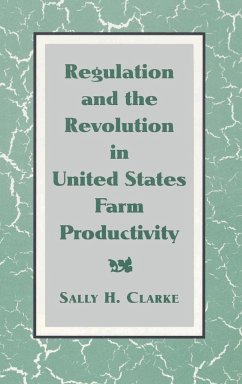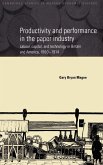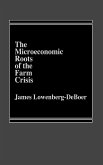The introduction of New Deal regulation coincided with the start of a revolution in U.S. farm productivity. Compared with small gains in the three decades prior to 1930, farmers after 1935 maintained an exceptionally high rate of productivity growth. In Regulation and the Revolution in United States Farm Productivity, Sally Clarke argues that regulation worked in tandem with farmers' competitive markets to create a dynamic process for productivity growth. Competition, Clarke finds, cannot alone explain the rapid diffusion of technology. Prior to 1930, farmers in the Corn Belt delayed purchases of the tractor, the most important technology, despite the cost savings it promised. Aside from competition, farmers responded to their investment climate, which Clarke defines as the interaction of diverse elements: unstable prices, the structure of farms, and the role of different actors - implement manufacturers, creditors, agricultural researchers. In the 1920s, tractors demanded large sums of cash at a time when farmers' investment climate hampered such financial commitments. As a result, many families delayed purchases and missed potential productivity savings. The New Deal changed this climate. Regulation stabilized prices, introduced new sources of credit, and caused implement manufacturers and private creditors to revise their business strategies. Despite the Depression, farmers invested in expensive technology and acquired significant new gains in productivity. After the Depression, the rapid growth in productivity entailed drastic changes in the farm sector: a small number of competitors survived but most ultimately quit. Regulation shaped these outcomes. For as long as prices fellafter World War II, credit and price regulation helped aggressive farmers invest in land and technology. Ironically, these same policies created conditions under which those who gave up their livelihood rarely experienced foreclosure. Instead, in the 1970s when prices rose, those farmers who remained exposed themselves to a new crisis, which had severe results in the ensuing decade.








